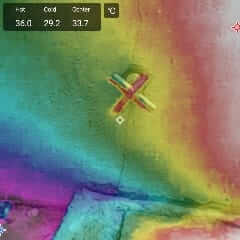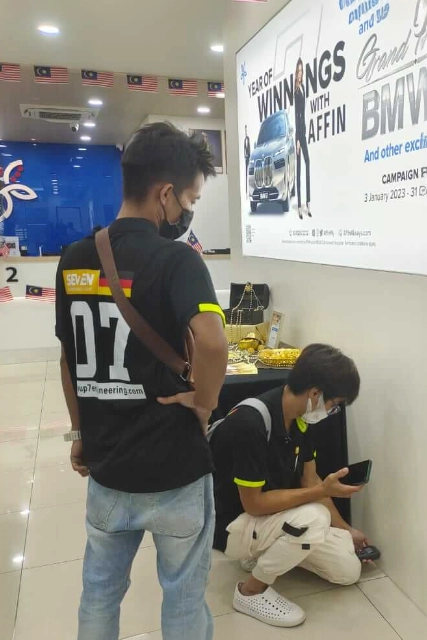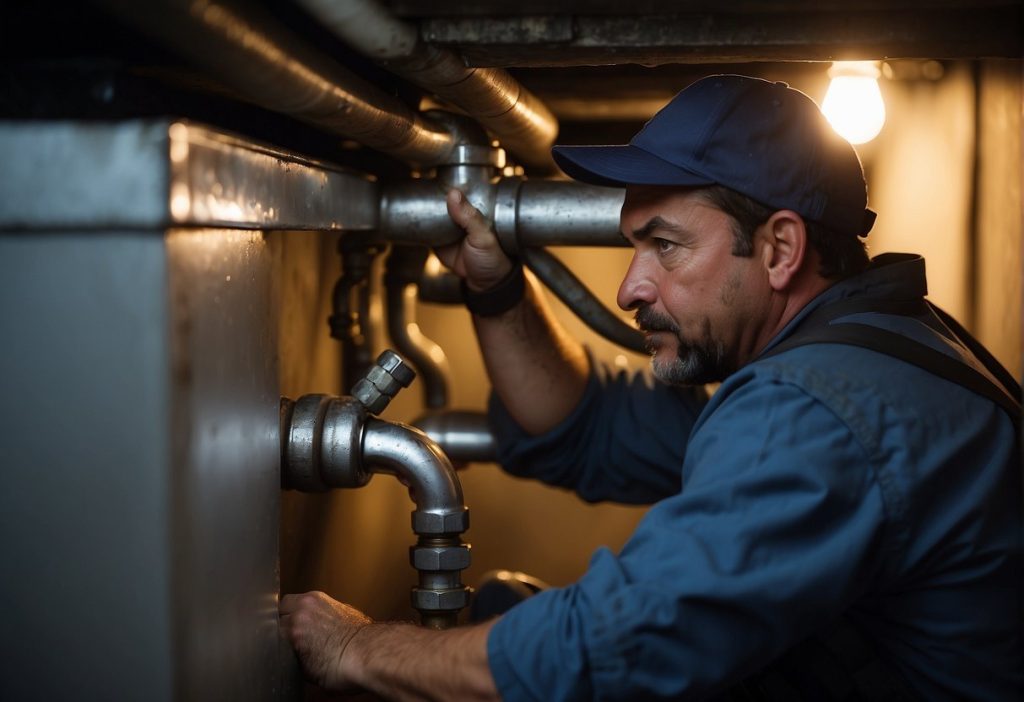
Underground Water Leakages Detected: Vital Approaches for Early Identification
Water leakages detected in a home can lead to significant damage and costly repairs if not addressed promptly. By ensuring that water leakages detected are handled efficiently, homeowners can protect their properties from the harmful effects of moisture. Modern technologies have made it easier to get water leakages detected quickly and accurately, allowing for timely interventions. When water leakages are detected, it’s crucial to act immediately to prevent further issues, such as mold growth or structural damage. Homeowners should invest in professional services that specialize in getting water leakages detected effectively, ensuring peace of mind and safeguarding their investments.
Water Leakages Detected: Detecting Water Leaks in Underground Systems
To safeguard water resources and avert costly damages, a structured approach to detecting concealed water leaks is vital. Focus on these elements:
- Visual Cues: Keep an eye out for inexplicable damp regions, sinkholes, or patches of lush grass, which could suggest leaks.
- Auditory Techniques: Employing specific listening apparatus, the noise of water escaping may be audible, especially for larger leaks.
- Pressure Examination: Implement a pressure evaluation on the system; a reduction in pressure might imply a leak.
- Innovative Technology: Cutting-edge techniques such as infrared thermography help detect temperature shifts triggered by leaking water.
- Expert Evaluation: Engaging professionals who utilise specialised equipment can accurately pinpoint underground water leaks if suspected.
By taking a proactive stance on leak detection, you preserve pipes, prevent soil and concrete damage, and maintain the integrity of transmission mains.
Water Leakages Detected: Identifying Leaks with Modern Technologies

Water Leakages Detected: Sound-based Underground Leak Detection Devices
The acoustic approach to underground leak detection relies on capturing the noises produced when water escapes from pipes. Specialised microphones or listening devices are employed for this purpose. Such instruments can be highly sensitive, often detecting even the faintest sound of dripping or flowing water from underground pipes. There are two main types of acoustic detection devices: hand-held gadgets used by technicians on the ground surface, and fixed monitoring systems that continually monitor water distribution networks.
Water Leakages Detected: Thermal Imaging for Leak Detection
Thermal imaging, also known as infrared thermography, detects temperature variations on the ground surface, which could indicate an underlying leak. Infrared cameras are used to capture images reflecting the temperature distribution of a specific area. Cool spots suggest areas where water has lowered the temperature of the surrounding soil, while warm spots may indicate leaks in hot water systems. It is important to consider that the effectiveness of infrared thermography can be influenced by surface materials and environmental conditions, such as soil type and weather.
Obstacles in Identifying Leaks

Influential Environmental Elements
The surrounding environment plays a crucial part in detecting water leaks. Soil composition impacts water dispersion, which can either conceal or expose leakages. Weather variations also affect the detection process, as heavy rainfall can saturate the soil, making it harder to locate the source of water loss. The effectiveness of infrared technology in detecting and locating subterranean water leakages is also influenced by these environmental aspects.
Pipes’ Material and Leak Dimensions
Individual pipe materials respond differently to water leaks. Materials such as PVC and concrete exhibit unique acoustic patterns in the event of a leak, which can either facilitate or hinder detection. The leak size also poses difficulties; larger leakages are generally simpler to discover due to the increased volume of escaping water, whereas smaller leaks may remain unnoticed without sensitive equipment. Metal pipes are susceptible to corrosion, leading to smaller yet more frequent leakages, further complicating detection efforts.
Optimal Strategies for Efficient Detection
Consistent Upkeep and Observation
Frequent maintenance of your water system is crucial for preventing water damage. Establish a routine for examining visible pipes and joints to identify any signs of wear or corrosion that may lead to leaks. Observation encompasses both manual assessments and the use of expert equipment to pinpoint concealed concerns. By performing regular evaluations, you can substantially reduce the likelihood of extensive damages and expensive repairs. Employ the expertise of consultants to aid in non-revenue water management and improve your detection methodologies

Frequently Asked Questions
How do experts detect leaks in underground pipes?
Experts typically use acoustic leak detection methods to locate leaks in pipes. Additionally, they may use infrared cameras, in a technique called thermography, to spot leaks in complex underground systems.
How can I find an underground water leak using DIY techniques?
You could listen for hissing or splashing sounds to indicate a leak or monitor your water meter for unusual readings when water usage is stopped. Becoming familiar with various sounds, such as those from QED Environmental Systems, will improve your DIY leak detection abilities.
How do I locate a trustworthy underground water leak detection service nearby?
To find a reliable service, search online for providers with positive customer feedback and relevant certifications. Some might use advanced methods like those mentioned in Stanford News to enhance the accuracy of leak detection.
Which tools are the most effective for finding water leaks under concrete surfaces?
Detecting leaks beneath concrete often requires ground-penetrating radar (GPR) and acoustic sensors that can identify the sound of water escaping. These tools enable non-invasive leak location without the need for disruptive excavation.
How do I pinpoint a leak in my underground water tank?
To locate leaks in a water tank, check for damp areas around the tank’s exterior or utilise dye-testing techniques to trace the path of leaking water. For a more scientific method, consider research on thermography infrared cameras, which detect temperature changes caused by leaks.
What methods are used to detect underground water leaks?
Underground water leaks are detected using various strategies, such as acoustic leak detection, thermography, and ground-penetrating radar, among other methods. These techniques are employed by both professionals and homeowners to locate leaks and minimise water wastage.
